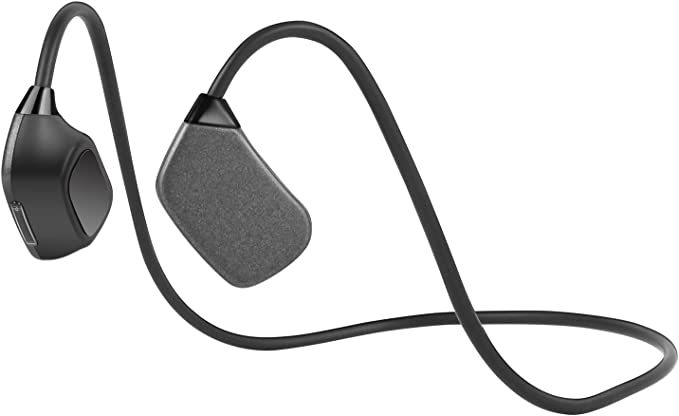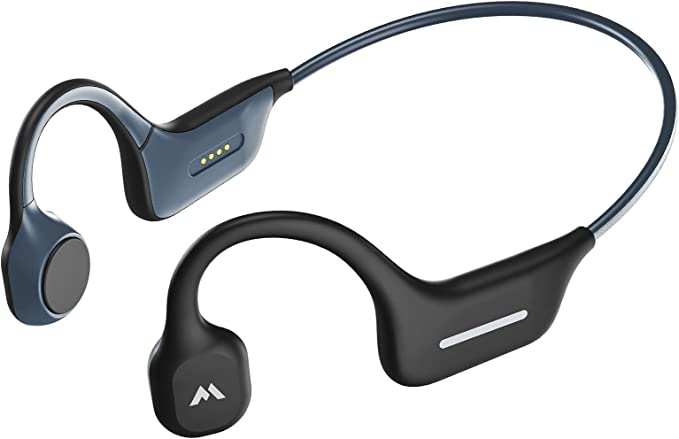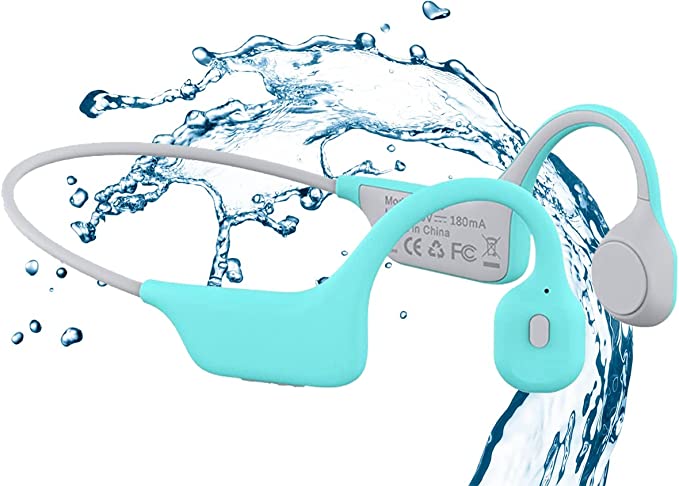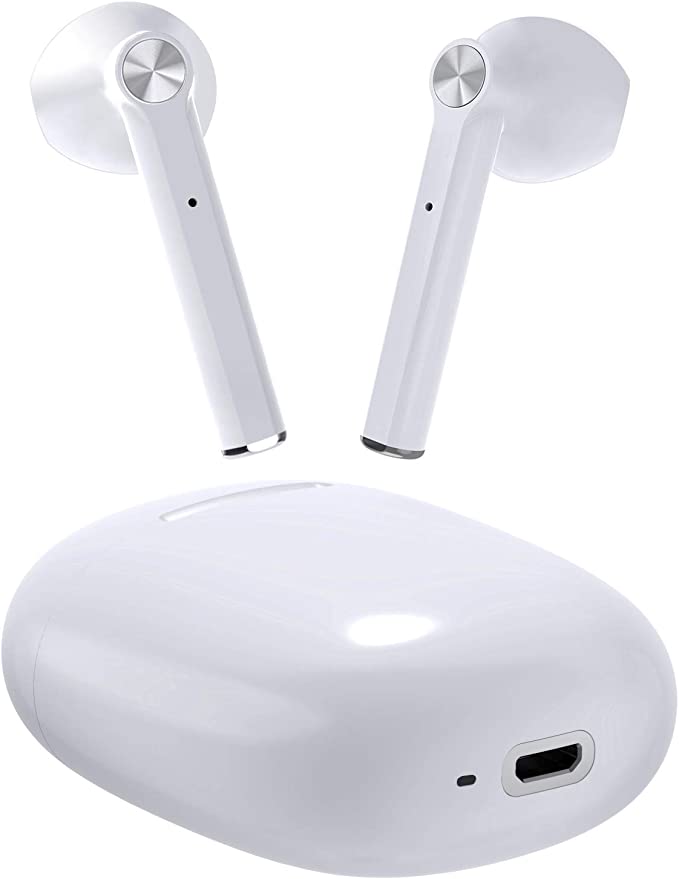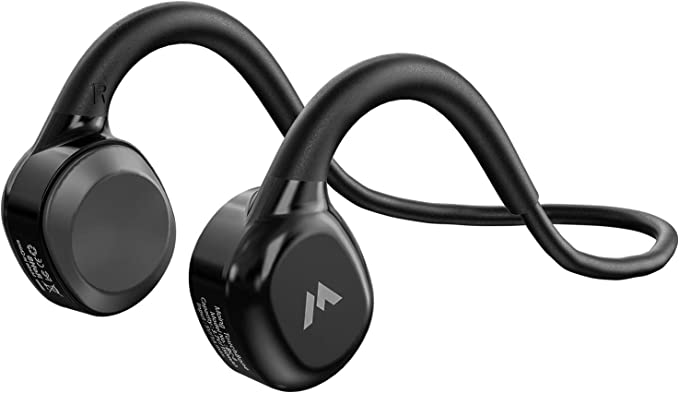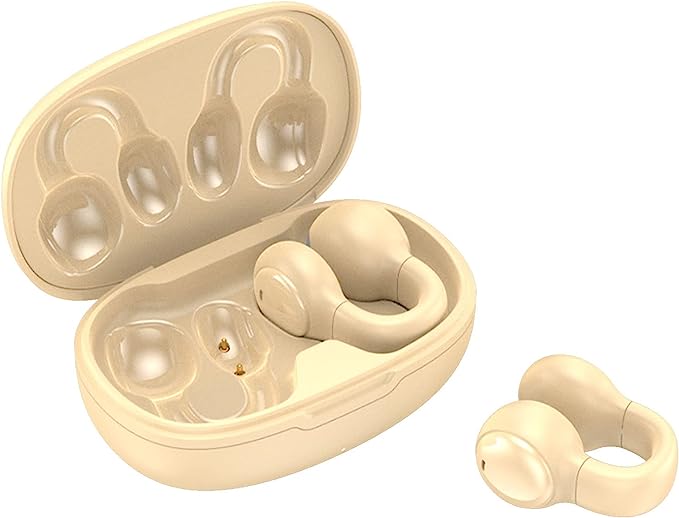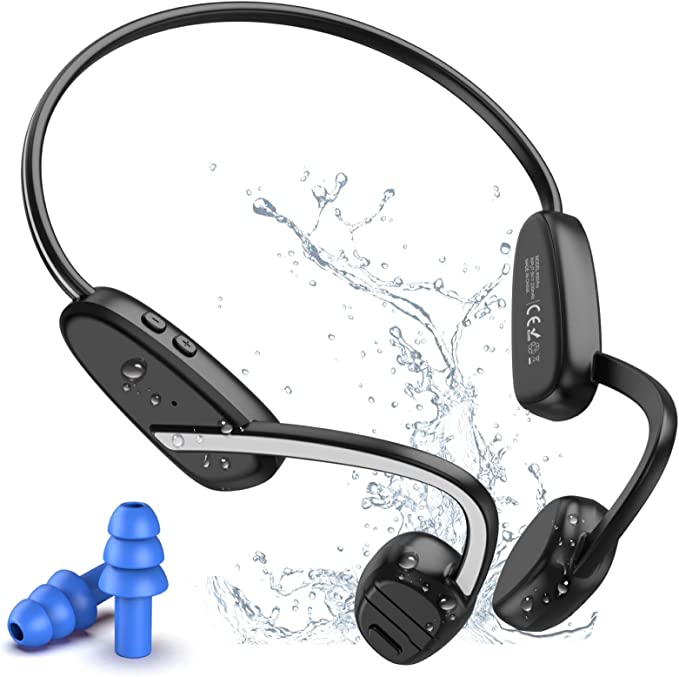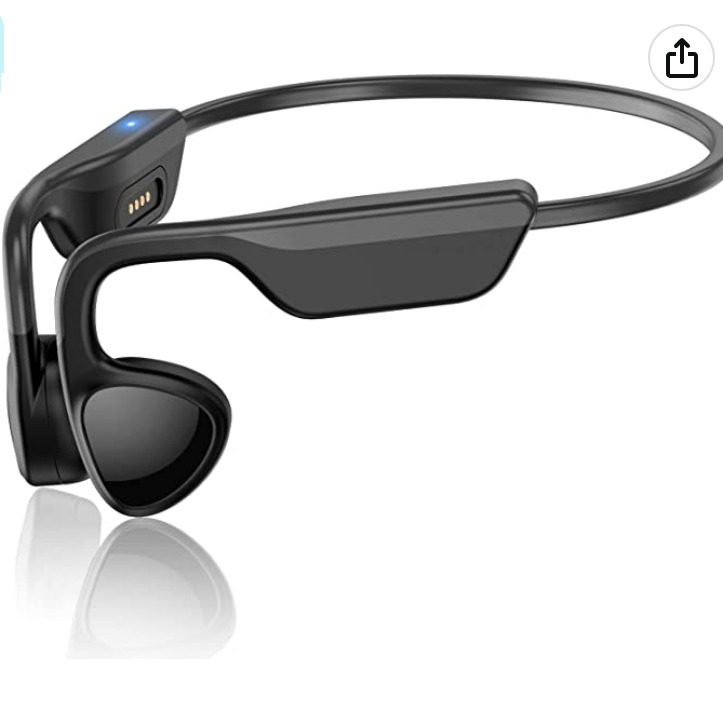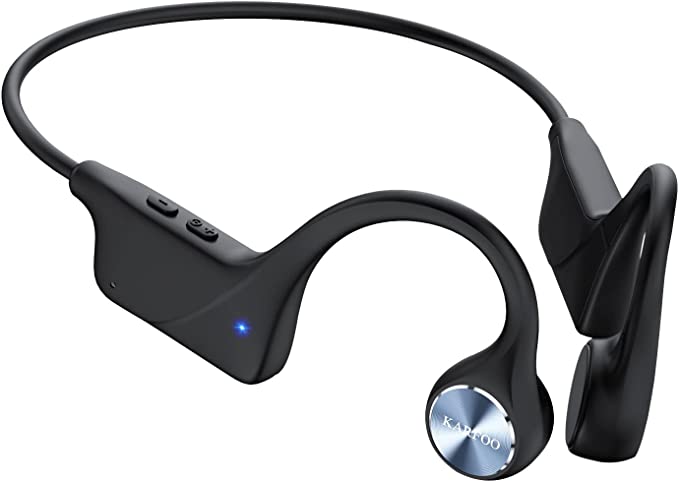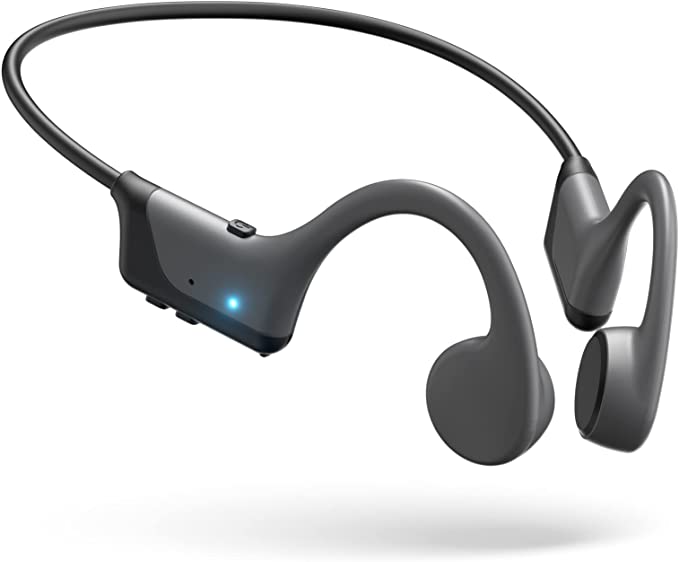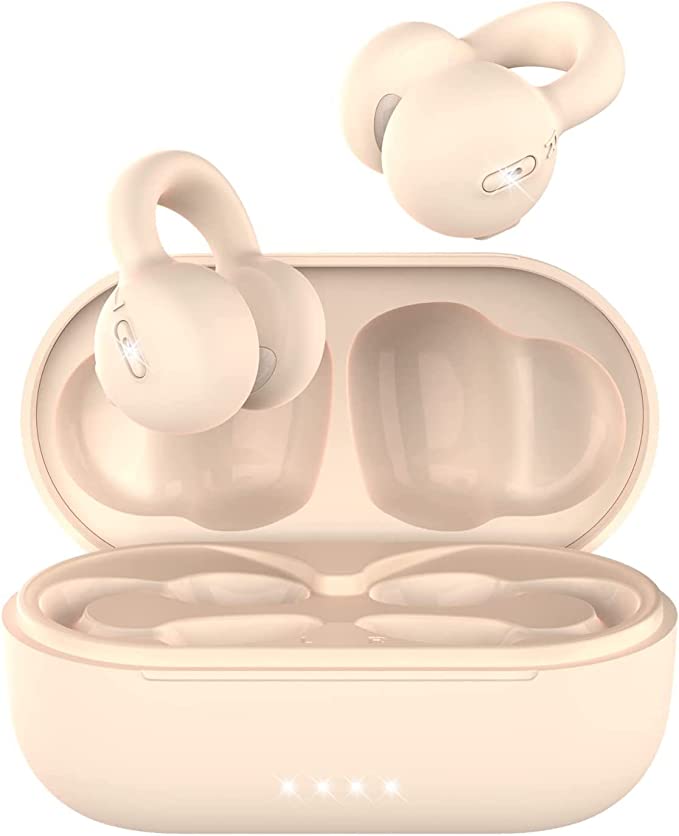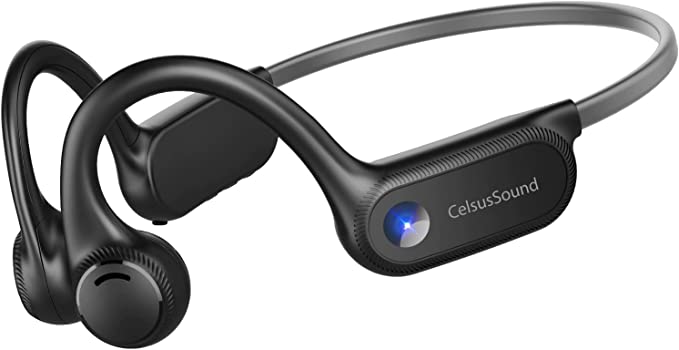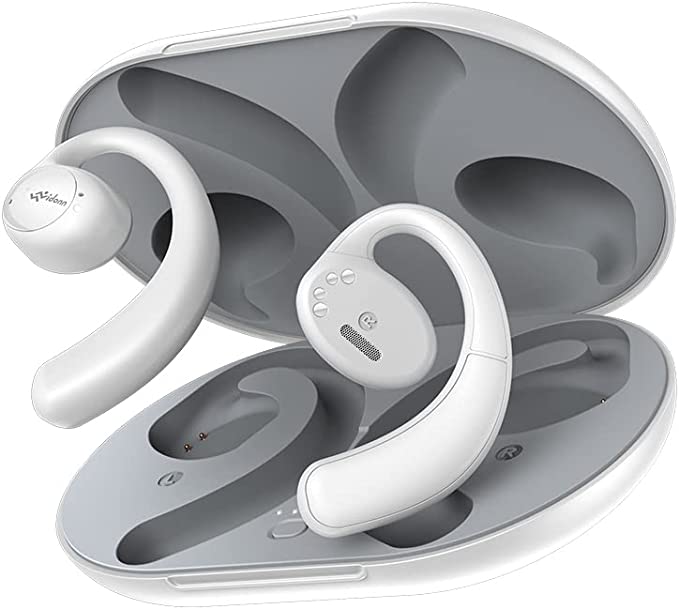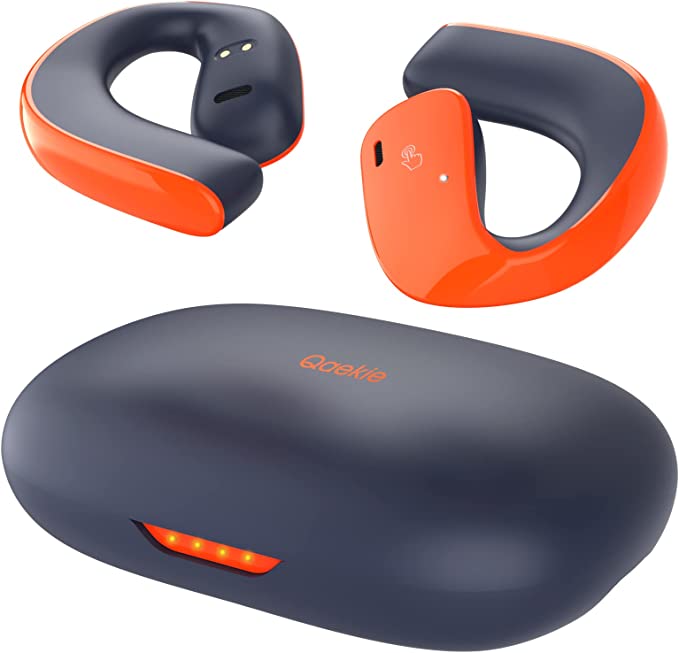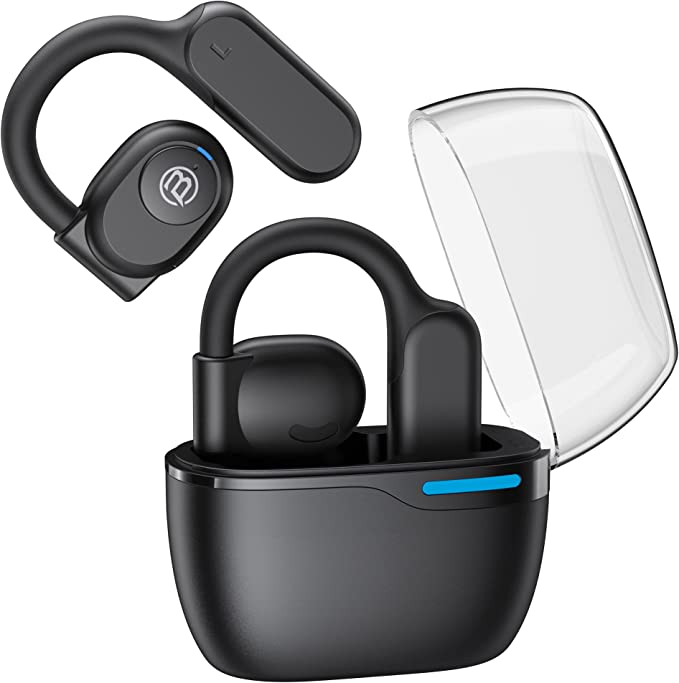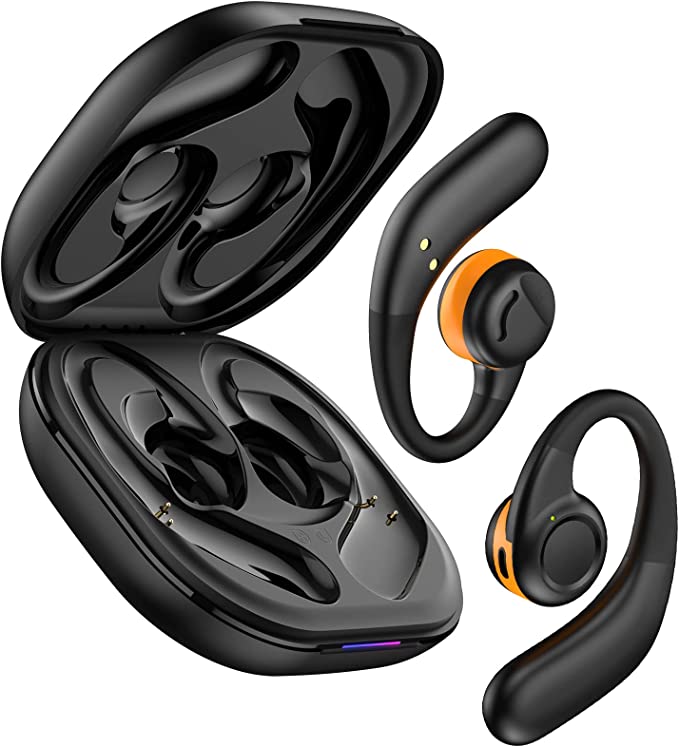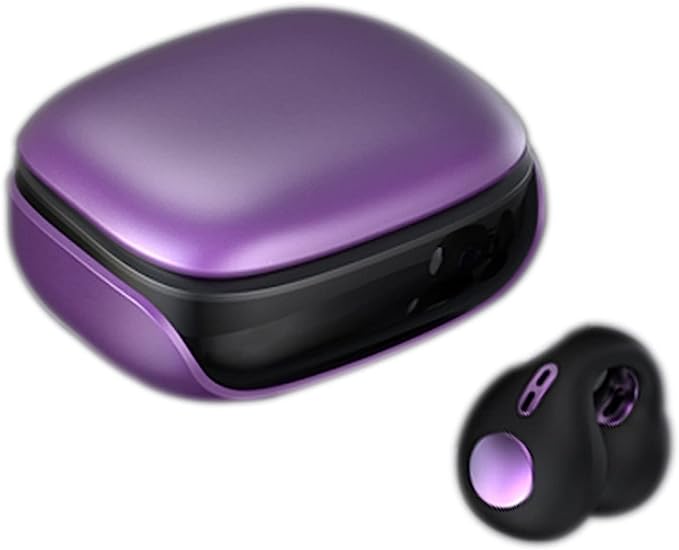Guudsoud Lite Bone Conduction Headphones: Experience Sound in a New Way
Update on Aug. 25, 2025, 11:04 a.m.
We live in an age of curated silence. With a tap, our noise-canceling headphones build an invisible wall, dissolving the roar of a subway train or the chatter of an open-plan office into a serene hum. We retreat into our personal audio bubbles, filled with podcasts, playlists, and important calls. Yet, in this quest for perfect isolation, we risk losing something vital: our connection to the world around us. A cyclist, deaf to an approaching car; a remote worker, oblivious to a ringing doorbell; a runner, startled by a passing pedestrian. The very technology that immerses us can also endanger us.
What if there were another way? A way to have your own personal soundtrack without shutting out the symphony of life itself. The solution is as surprising as it is elegant, and its origins lie not in a modern tech lab, but with a deaf composer in 19th-century Vienna. As Ludwig van Beethoven lost his hearing, he discovered he could still perceive the notes of his piano by biting down on a metal rod attached to the instrument. The vibrations traveled through his jawbone, bypassing his damaged ears entirely, and resonated directly within his skull. He was, in essence, listening through his bones.
This seemingly magical phenomenon is the principle behind bone conduction, a technology that has evolved from a composer’s clever hack into a compelling new category of personal audio devices.

A Tale of Two Auditory Pathways
To understand how bone conduction works, you first need to appreciate the marvel of conventional hearing. Nearly every sound you’ve ever heard has traveled down the same well-worn path: air conduction. Sound waves, which are simply vibrations traveling through the air, are funneled by your outer ear into the ear canal. They strike the eardrum, causing it to vibrate like the skin of a drum. These vibrations are then transferred through three tiny, intricate bones in the middle ear—the auditory ossicles—which act as a mechanical amplifier, finally passing the vibrations into the fluid-filled, snail-shaped cochlea of the inner ear. Here, thousands of microscopic hair cells convert the mechanical energy into electrical signals, which the brain interprets as sound.
Bone conduction takes a secret passage. Instead of sending vibrations through the air and down the ear canal, it creates a shortcut directly to the final destination. Devices like the Guudsoud Lite Bone Conduction Headphones don’t have speakers that push air; they have transducers. A transducer is a small component that converts an electrical audio signal into mechanical vibrations. When placed on the temporal bone, just in front of the ears, these vibrations travel through the solid structure of your skull, gently resonating through your cranium until they reach the same cochlea. The fluid inside ripples, the tiny hair cells dance, and your brain receives the signal. The result is astonishing: you hear clear audio, while your ear canals remain completely open to the world.

The Open-Ear Revelation
This open-ear design isn’t just a novelty; it’s a fundamental shift in how we interact with personal audio. The primary benefit is situational awareness. For athletes, this is a game-changer. Runners and cyclists can maintain full awareness of traffic, pedestrians, and other potential hazards, drastically improving safety on busy roads and trails. In a work environment, it means you can listen to music or a conference call without being cut off from a colleague’s question or the sound of the phone ringing. Some users have even discovered a clever “hack” in loud industrial settings: by wearing bone conduction headphones and traditional foam earplugs, they can receive clear audio instructions while protecting their ears from damaging external noise—the best of both worlds.
The comfort of this design is equally profound. Traditional earbuds can cause pressure and fatigue inside the ear canal, while over-ear models can become hot and heavy. A well-designed bone conduction headset, often constructed with a flexible and durable titanium frame, is incredibly lightweight. The Guudsoud Lite, for instance, weighs a mere 25 grams—roughly the weight of five US quarters. It rests gently on the cheekbones, and as many users report, it’s so unobtrusive that it’s easy to forget you’re even wearing it. This avoids not only physical discomfort but also the hygiene concerns of blocking the ear canal, which can trap moisture and lead to irritation.

Understanding the Sonic Compromise
Of course, this unique method of sound delivery comes with inherent trade-offs. It is crucial to understand that bone conduction headphones are not designed to compete with high-fidelity, noise-isolating headphones on pure audio quality. To do so would be to misunderstand their purpose entirely. The most noticeable difference is in the bass response.
The physics are straightforward: it is far more difficult to make a solid object—your skull—resonate at the low frequencies required for deep, thumping bass than it is to move air in a sealed ear canal. While the sound is clear and perfectly suited for podcasts, audiobooks, and most genres of music, audiophiles will notice a lighter, less impactful low end. Furthermore, because the transducers are creating physical vibrations, you might feel a slight “tickle” on your skin at very high volumes.
The audio experience can also be affected by fit and placement. If the transducers lose firm contact with your bone, the sound can momentarily seem thin or “tinny,” as noted by some users. This isn’t a defect, but a characteristic of a system reliant on physical contact. There can also be a small amount of sound leakage, though typically far less than with traditional open-back headphones. These are not flaws but the accepted physics of the design—a conscious compromise made to achieve the greater benefit of complete environmental awareness.

A New Tool in the Audio Kit
Ultimately, bone conduction headphones represent not a replacement for other audio devices, but a valuable expansion of our personal technology toolkit. They are a specialized instrument, perfectly honed for situations where the priority is safety, comfort, and a seamless connection with your surroundings. Powered by modern conveniences like the stable connection of Bluetooth 5.0 and offering a respectable battery life of 6-10 hours on a single charge, they are eminently practical for daily use.

From Beethoven’s ingenious workaround to advanced military communication systems and now to accessible consumer electronics, the journey of bone conduction is a testament to human ingenuity. It reminds us that technology’s greatest purpose isn’t always to build walls that shut the world out, but sometimes, to open a new door that lets more of it in. For those who want to score their life without missing a single beat of it, bone conduction offers a truly unique and liberating way to listen.
